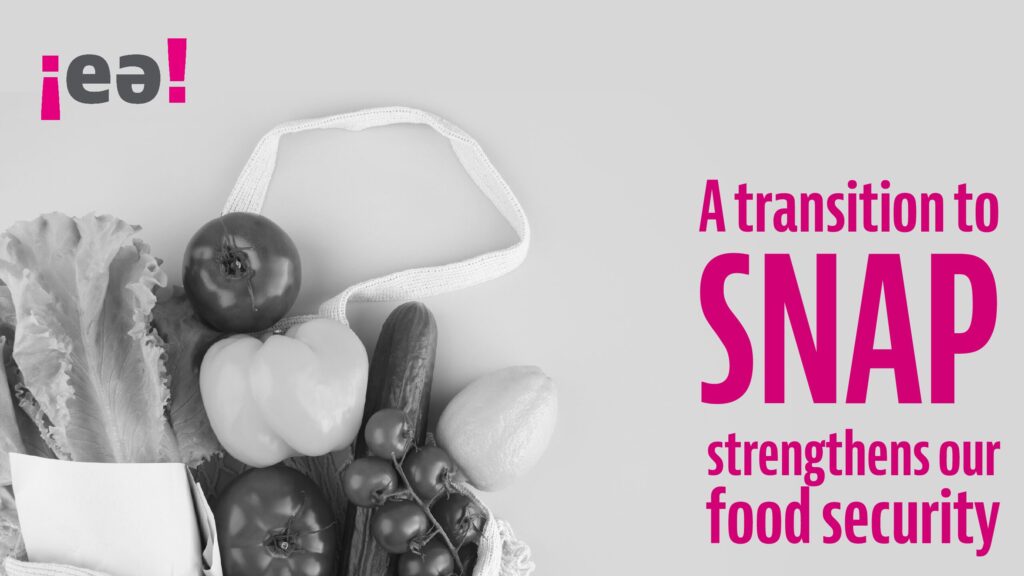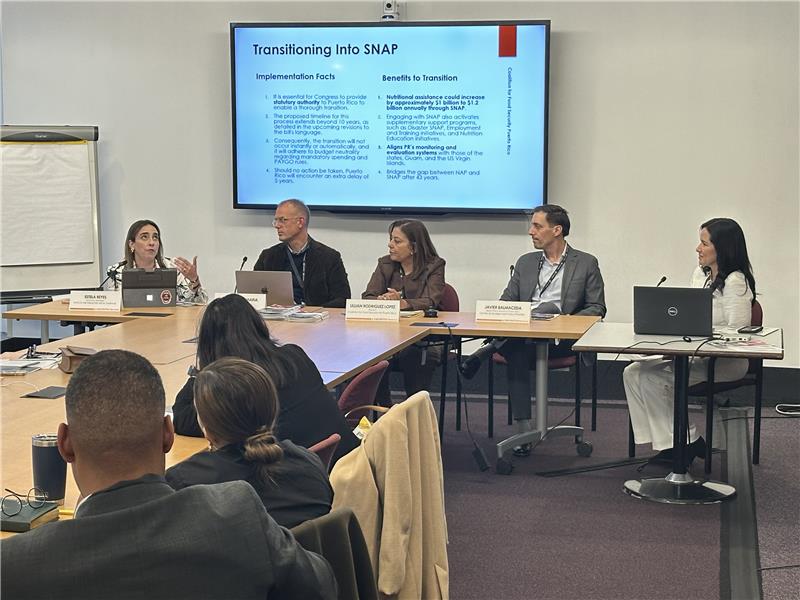
This panel of experts comes as part of efforts to combat proposals to cut $230 billion in food assistance through the budget reconciliation process that could jeopardize access to food for millions of people in the U.S. Among several proposed cuts to the SNAP program is a proposal to reverse a major revision to the Thrifty Food Plan made in 2021 and/or permanently freeze its cost outside of annual inflation adjustments. This disproportionately hurts Puerto Rico, where 42% of residents rely on the Nutrition Assistance Program (NAP), which is already underfunded.

Puerto Rico contributes billions of dollars in federal taxes ($5.14 billion by 2023), but receives unequal treatment and benefits far less than other U.S. jurisdictions.
Puerto Rico is not the only jurisdiction where the federal government spends more than it collects in taxes. There are 28 states and territories that have a per capita deficit with the federal government, and 9 of them have a higher per capita deficit than Puerto Rico.
States and territories with a per capita deficit with the federal government
When analyzing data on federal programs to combat food insecurity (NAP vs. SNAP), we observed a marked disparity in the average monthly outlay per household between Puerto Rico and other U.S. jurisdictions. While the average monthly cost per household under SNAP in the jurisdictions analyzed stands at $374, Puerto Rico, which operates under the block grant-funded Nutrition Assistance Program (NAP), receives only $331 per household. This gap widens further when looking at non-contiguous U.S. jurisdictions such as Guam ($813), Hawaii ($704), Alaska ($667), and the Virgin Islands ($543), which, despite facing similar logistical and economic challenges as Puerto Rico, receive significantly higher benefits.
The block grant funding structure imposes a rigid cap on the funds allocated to Puerto Rico, which limits its ability to respond to the food needs of its population, especially in times of economic crisis or natural disasters. This situation reflects a systemic inequity in the distribution of federal resources, where Puerto Rico, despite being a U.S. territory with high rates of poverty (41.6%) and food dependency, lags behind other jurisdictions that receive more equitable treatment under the SNAP model.
Nutritional Assistance (NAP and SNAP)
Puerto Rico is the poorest jurisdiction in the United States. While its residents contribute a significant amount of federal taxes ($5.14 billion by 2023), they do not receive the same federal benefits as their counterparts. If you want to learn more about the issue, access ObservatorioFiscalPR.com for an analysis of the main federal programs whose allocations demonstrate the unequal tax treatment of Puerto Rico.
Access our brochure at the following link: Federal Taxes (Download PDF Version)
